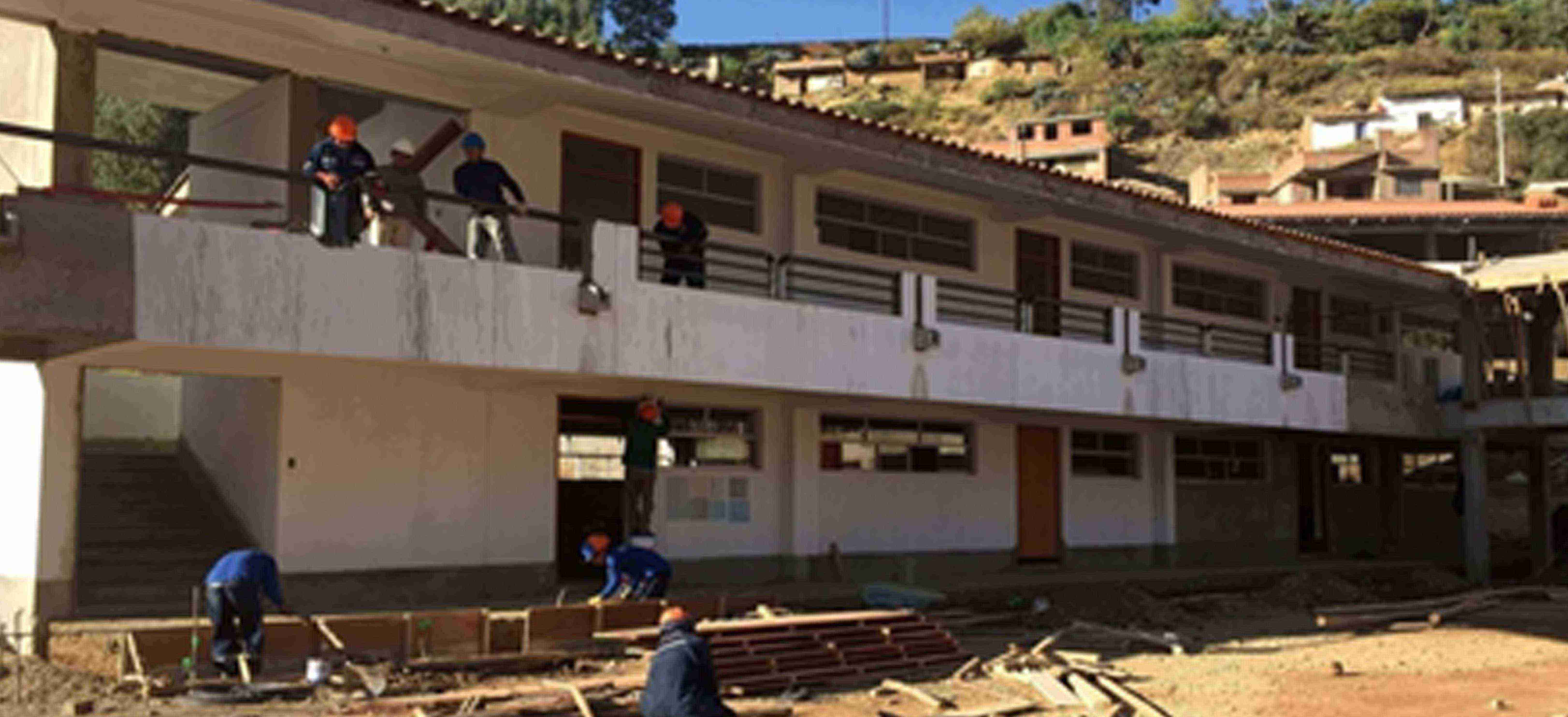Lima, JUNE 24 2022 INFRASTRUCTURE DEFICIT IN APURÍMAC, CUSCO, AND PUNO MUST BE TACKLED WITH QUALITY INVESTMENT

- The average access to quality road networks nationwide is 35%, whereas in Apurímac it is 34% and in Puno 31%.
The levels of infrastructure development in the regions of Apurímac, Cusco, and Puno are below the national average. Of particular concern is the region of Puno, where average access to utility infrastructure (electricity, water, and sewage) is only 41%, in contrast with the national average of 70%. In Apurímac and Cusco, access is at 62% and 65%, respectively.
These figures were presented by Gabriel Daly Turcke, former general director of the General Directorate of Private Investment at the Ministry of Economy and Finance (MEF), at the decentralized event Rumbo a PERUMIN, where he analyzed the opportunities offered by the mining industry for the territorial development of the southeastern regions of the country.
During his presentation, Daly warned about the limited access to paved and surfaced road infrastructure in these three regions. In average, access to a quality transportation network is at 35% nationwide, whereas in Apurímac it is only at 34%, and in Puno at 31%. Of the three regions, Cusco is the only one that is above average, with 42%.
The less infrastructure there is, the poorer the region
Gabriel Daly, currently CONFIEP’s manager of economic policy and development, explained that regions with little access to infrastructure have higher poverty rates. In Puno, for instance, the poverty rate is 43%, while in Apurímac and in Cusco the rates are 28% and 22%, respectively. To this we need to add other aspects, such as social unrest, which stem from the demand for quality public utility services.
Even so, he pointed out that these regions concentrate a significant number of infrastructure projects relevant to the promotion of investments, among which is the “Longitudinal de la Sierra” highway in Apurímac (PEN 9.862 billion), the International Airport of Chincheros in Cusco (PEN 2.434 billion), and the improvement and expansion of drinking water supply and sewage services in the cities of Puno, Juliaca, and Pucallpa (PEN 1.772 billion.)
A need for quality investment
Among the most relevant proposals presented to unlock mining projects were having close coordination among the different government levels (local, regional, and national); designing concession agreements that are effective and that do not lead to delays or arbitrations; and having skilled staff trained to develop projects. The importance of quality investment was also highlighted. “For every additional well-invested dollar, 7 dollars are saved in the long run,” claimed Daly.
In addition, during Rumbo a PERUMIN, the need to make better use of the resources coming from fiscal redistribution was also stressed, seeing that these regions have collected PEN 9.3 billion as fiscal redistribution and royalties over the last 21 years, according to the study “Socio-economic impact of mining in southeastern Peru: Apurímac, Cusco, and Puno,” conducted by the Center for Competitiveness and Development (CCD) and the Peruvian Institute of Mining Engineers (IIMP.)
It is important to mention that at present these three regions concentrate mining projects for over $10.199 billion altogether, which would allow them to collect more than PEN 3.3 billion as fiscal redistribution and royalties by 2031.
For more information about the activities of Rumbo a PERUMIN, follow PERUMIN’s official accounts:
Web Page: https://perumin.com/perumin35/public/es/rumbo-a-perumin
Facebook: https://www.facebook.com/PeruminOficial
YouTube: https://www.youtube.com/c/Perumin







